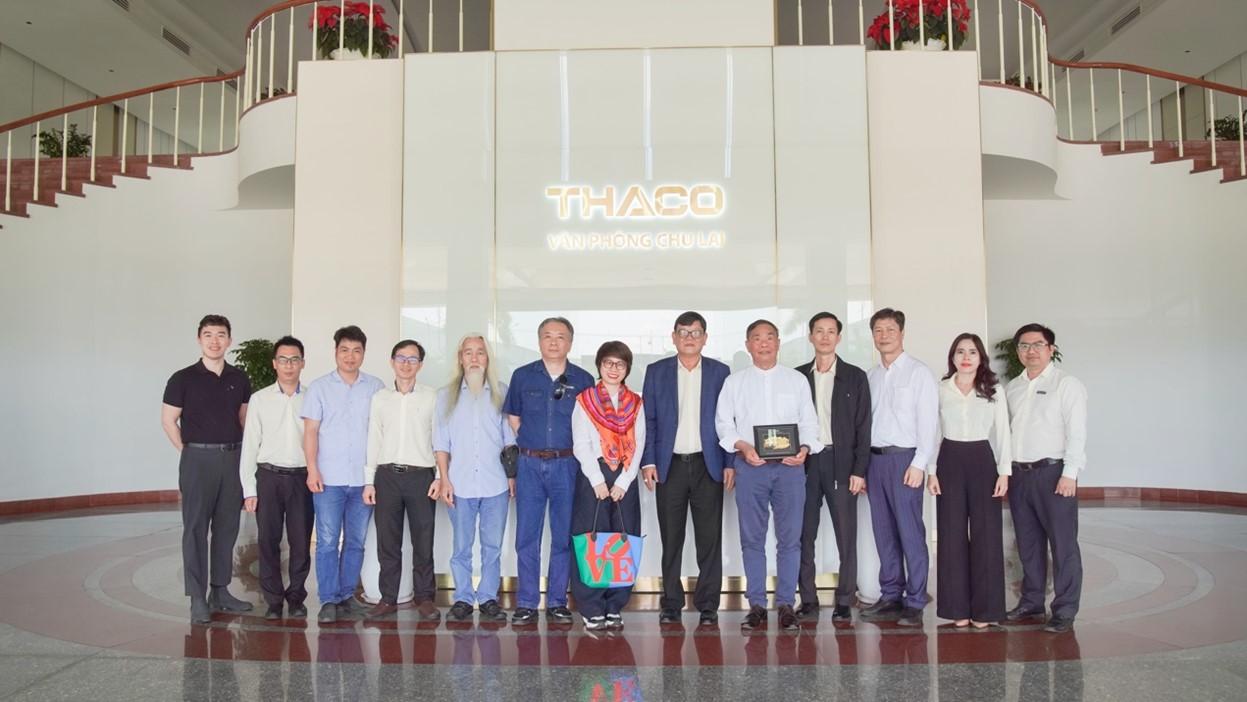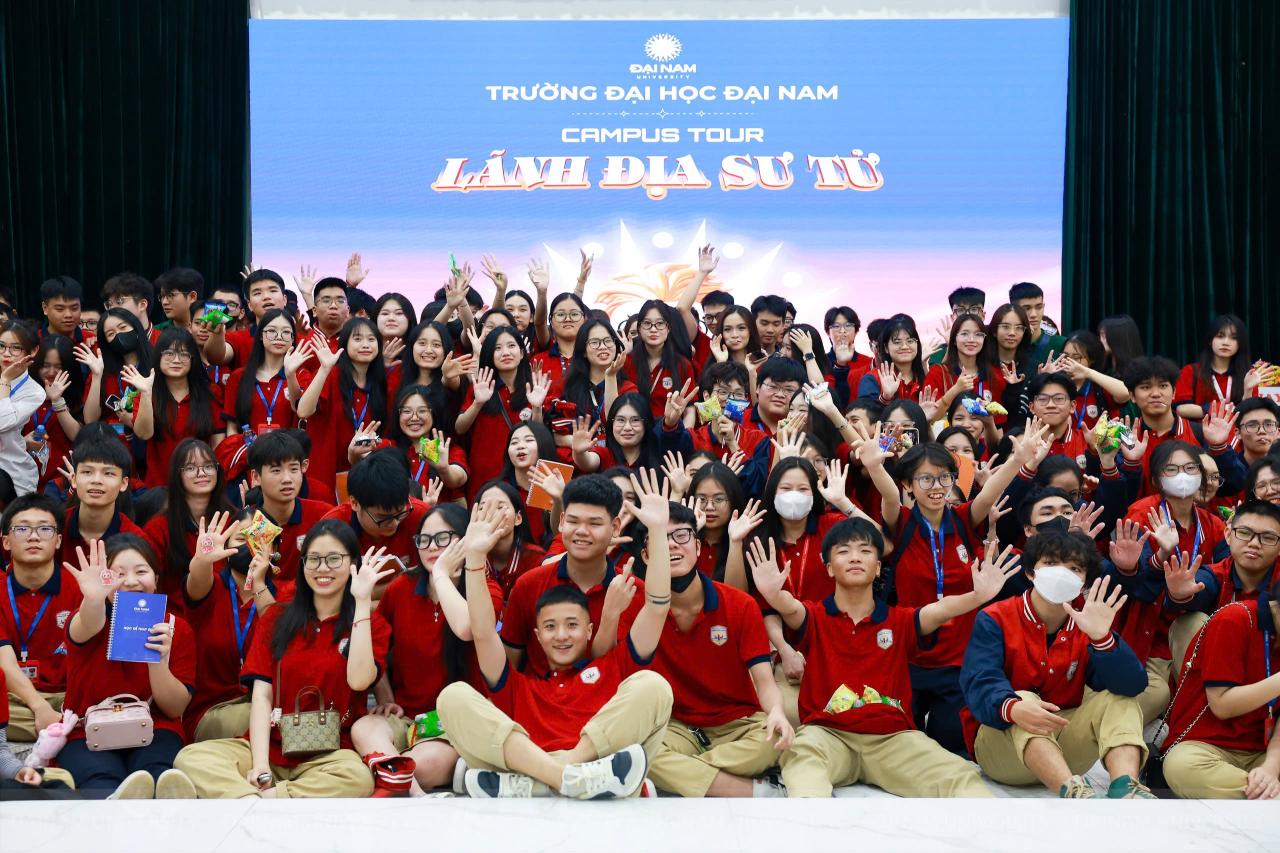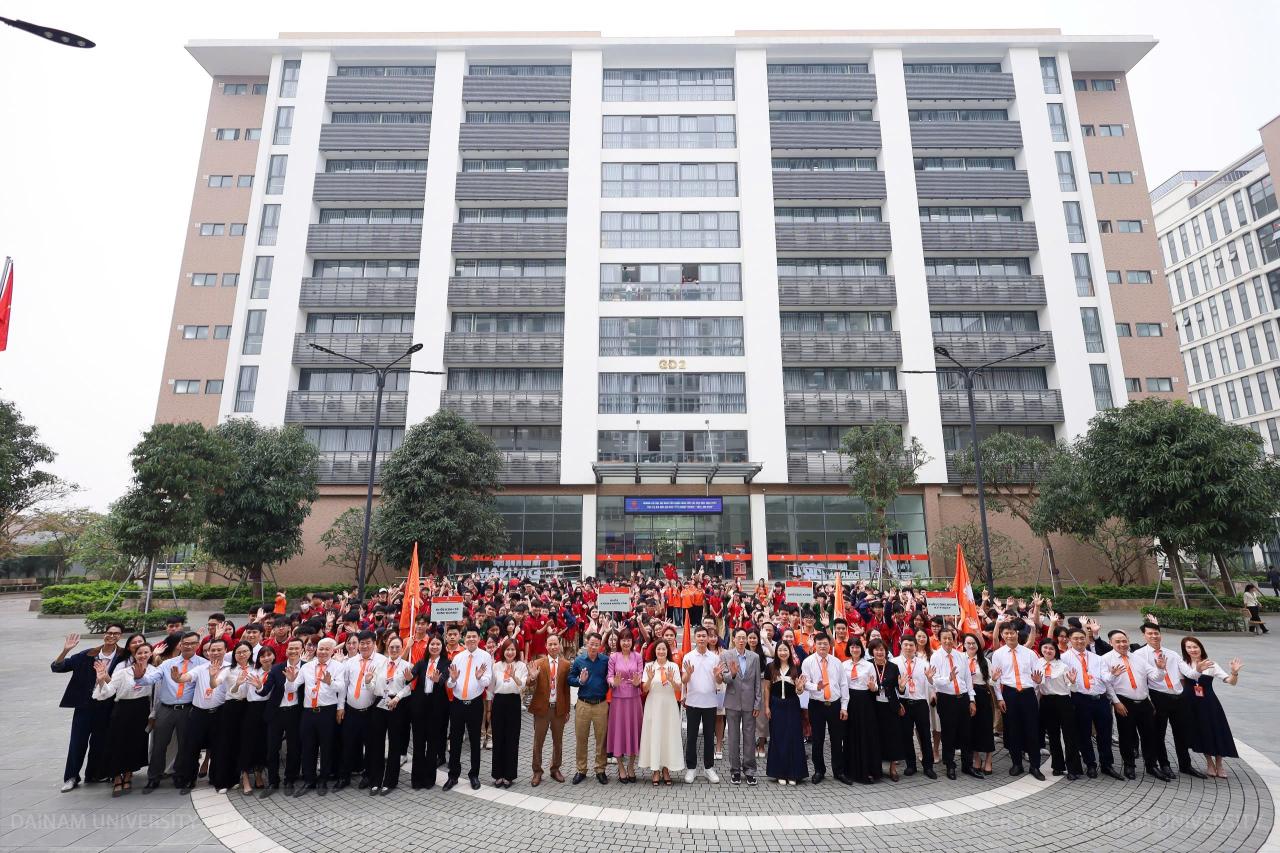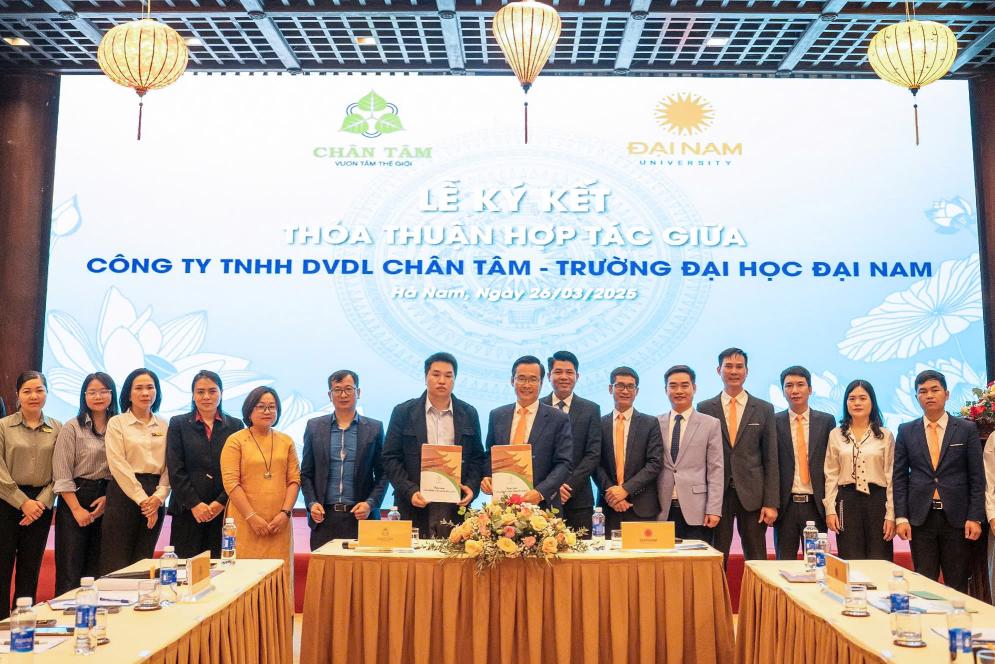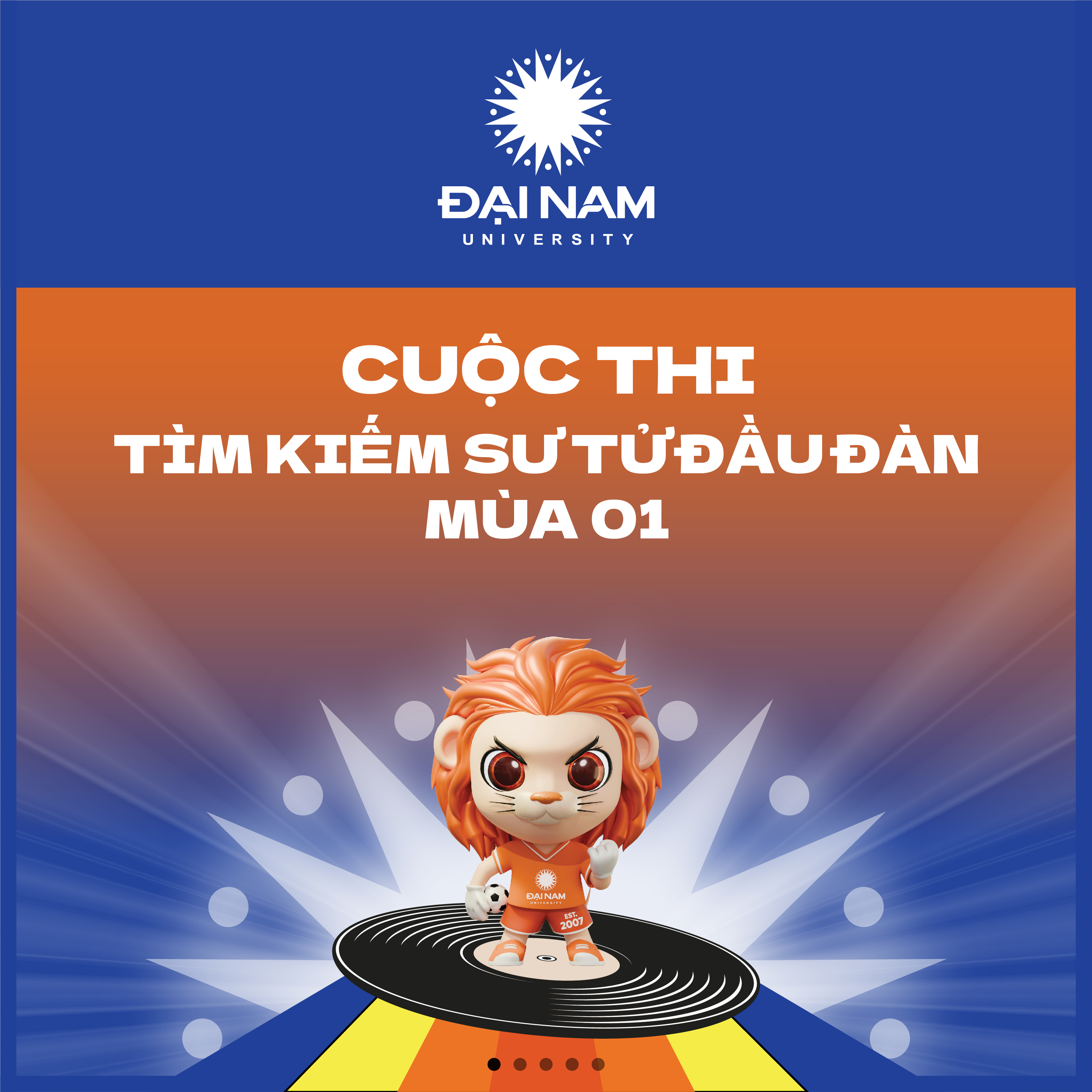Ung bat bac - Medicinal plant good for liver
Posted date 14/09/2018
19.174 view
After the Ministry of Science and Technology established the Project "Supporting the National Innovation and Startup Ecosystem to 2025", abbreviated as DA 844, including the Project "Awakening the potential of the precious medicinal herb Ung Bat Bac, successfully developing the liver protection product HEPOSAL of CVI Pharmaceutical and Cosmetic Joint Stock Company"
Associate Professor, Doctor of Science, Senior Researcher: Nguyen Thuong Dong
Former Director of the Institute of Medicinal Materials
After the Ministry of Science and Technology established the Project "Supporting the National Innovation and Startup Ecosystem to 2025", abbreviated as DA 844, including the Project "Awakening the potential of the precious medicinal herb Ung Bat Bac, successfully developing the liver protection product HEPOSAL of CVI Pharmaceutical and Cosmetic Joint Stock Company" on the basis of 2 Patents 8,409,632 B2 issued by the US Patent and Trademark Office on April 2, 2013, Patent 409075 issued by Taiwan on September 21, 2013 and the "Research on Traditional Chinese Medicine by Hua Hong Nguyen" award granted by Taiwan in 2012 to Dr. Tran Duc Dung, the precious medicinal herb Ung Bat Bac has attracted the attention of many people at home and abroad.
Zanthoxylum avicennae is a medium-sized plant with short thorns and lanceolate leaves with serrated edges. Its scientific name is Zanthoxylum avicennae, and it belongs to the Rutaceae family. It is an ancient medicinal herb in China, recorded in "Shen Nong's Herbal" from the Qin Dynasty, 221 BC. The first book on Medicinal Plants wrote about Ung Bat Bac as follows: “Trees are often places for birds to live, are friends of birds, and are also places for birds to nest and give birth. But Ung Bat Bac (Ying Bu Bo) is a very special tree, with many strange things, this tree has many hard leaves, dense all year round, sharp thorns, the mass of leaves on the tree is like a “mountain of knives, sea of gold”, making birds not only unable to live but also afraid. That is why Ung Bat Bac tree also has other names such as “Dieu Bat Tuc”, “O Nha Bat Xi Thu”, “O Bat Tuc”… In Vietnam, it is called Muong Truong, Don Gai, Truong La Nho, Sen Den, Sen Qua Ba Canh, Tay people call it “May Khuong”, it is a medicine to treat liver diseases of the Tay people, more popular than other medicinal plants specializing in treating liver diseases such as May Nieng, May Thap Moong…
In North America, Zanthoxylum americanum is also a traditional herbal medicine of many tribes to treat toothache, stimulate blood circulation and treat rheumatism, and was listed in the US Pharmacopoeia from 1820 to 1926. In West Africa, Zanthoxylum zanthoxyloides is also a traditional medicine to treat rheumatism. Western herbalists believe that the species of Uong bat bac stimulates blood flow to stiff, painful joints, increases the supply of oxygen and nutrients, removes dirt, and increases blood flow to the extremities. In China, two species are widely used: Uong bat bac and Chuan tieu (Zanthoxylum bungeanum). From the Sichuan pepper species, also known as Huaxiao, China has prepared it into an intramuscular injection form, widely used in hospitals in cases of intestinal spasms, biliary colic, pain in the liver area, angina, headache... the pain relief effect lasts 2-4 hours, and is also used in cases of intestinal obstruction caused by pinworms (pinworms), the fruit shell is the medicine "Tho hoa tieu".
Vietnam has 12 species, of which 6 are used as medicine. The species Ung bat bac is only found in the midland provinces and low mountainous areas from 400m to 1000m. In the world, Ung bat bac is mainly distributed in the Indochina region and some southern provinces of China. The tree survives many times of cutting down, the remaining stump continues to regenerate shoots.
According to ancient Vietnamese and Chinese medical literature, Ung Bat Bac has a spicy taste, warm properties, and is used to treat hepatitis, spleen, and stomach meridians. It is used to treat jaundice, chronic hepatitis, nephritis, edema, rheumatism, injuries caused by blows, back pain, blood circulation, pain relief, and the leaves treat mastitis, boils, etc. It can be combined with other herbs (combinations) to treat the following symptoms: liver and kidney damage, heat in the lungs and stomach, deficiency of both qi and yin, and internal blood stasis. If the liver and kidney are damaged, combine it with Rehmannia glutinosa to benefit the kidney, nourish the liver, clear heat and reduce fire. If the lungs and stomach are dry heat, combine it with Atractylodes macrocephala to reduce fire, generate body fluids, and quench thirst. If the yin and qi are deficiency of both qi and yin, combine it with Codonopsis pilosula to benefit qi and nourish yin. If internal blood stasis, combine it with Angelica sinensis and Ligusticum wallichii to promote blood circulation and remove blood stasis. In “Ling Nam Thao Duoc Chi”, it is recorded that the root of Ung Bat Bac has the ability to dissolve dampness, dispel wind, eliminate swelling, and treat yellowing, and is used to treat diseases such as dropsy, hepatitis, and jaundice. The dosage for both chronic hepatitis and nephritis with dropsy is 20 to 30g, decocted and drunk.
The bark of the stem, root bark and leaves contain essential oils and valuable flavonoids such as diosmin, avicin, avicenin, magnoflorin, hesperidin and many other substances belonging to the Lignan group, with a chemical structure similar to silymarin, which is very specific for liver disease. Hesperidin in the bark of the stem has been proven to have the effect of restoring and regenerating liver cells, preventing cirrhosis and liver cancer. Egyptian and Thai researchers have proven that it has the ability to prevent liver cell oxidation, remove free radicals, prevent liver damage, hepatitis caused by chemicals and modern medicine on the COX1 and COX2 models, prevent collagen formation in liver cells leading to cirrhosis and prevent fatty liver. Diosmin has the effect of reducing liver cell damage caused by alcohol, enhancing ethanol metabolism and excretion, lowering liver enzymes, enhancing liver function, improving blood glucose, cholesterol, blood urea and lowering liver enzymes such as AST and ALT... Lignans have a phytoestrogen structure, so they have antioxidant effects, eliminate strong free radicals, and regenerate damaged liver cells. The essential oil in Uong Bat Bac mainly belongs to the monoterpene and sesquiterpene groups, has strong antibacterial activity, and activates the apoptosis of liver cancer cells.
Pharmacist Tran Duc Dung has conducted 10 years of research in Taiwan on samples of Uong Bat Bac collected in Nam Dan Nghe An, and has proven 4 important groups of effects of Uong Bat Bac root bark such as: (1) protecting liver cell damage caused by alcohol and modern medicine, resisting hepatitis B virus, lowering liver enzymes and restoring liver function, (2) the effect of Uong Bat Bac extract on killing human liver cancer cells HA22T, through the mechanism of activating protein PP2A, reducing tumor growth, (3) Uong Bat Bac extract inhibits the production of HA22T cancer cells and (4) Uong Bat Bac extract inhibits proliferation, invasiveness and inhibits metastatic signals of HA22T cancer cells through activating protein PP2A. Studies on liver cancer cells were conducted on immunocompromised mice (nude mice). Group 1, injected HA22T cancer cells into the thigh but not treated as a control group. Group 2, injected cancer cells and drank low-dose Uong Bat Bac extract (20mg/kg of mice). Group 3, injected cancer cells and drank high-dose Uong Bat Bac extract (40mg/kg of mice). The research results showed:
The extract of Achyranthes bidentata has the effect of increasing from 3 to 3.5 times the programmed death process of HA22T cancer cells (apoptosis) after 24 hours of taking the drug, reducing the size of the tumor on the thigh of mice from 59 to 86.3%. Regarding the anti-invasive and metastatic effects of HA22T cancer cells: metastasis of liver cancer cells is often accompanied by PP2A protein activation signals. Mice treated with Achyranthes bidentata extract strongly increased PP22A protein activation signals, directly stimulating interactions between proteins and inhibiting beta-cathenin, a signal of metastasis. The author concluded that in the near future this effect can be evaluated by preclinical and clinical studies, to soon create a product for treating liver cancer. Thanks to the results achieved, the author was recognized with a doctorate in pharmacy and was granted a patent by the Taiwan Science and Technology Commission and awarded the "Xu Hong Nguyen Chinese Medicine Research Award", a prestigious science award in Taiwan.
Through the synthesized content, we can draw some conclusions about precious medicinal plants for treating liver diseases as follows: (1) Ung Bat Bac is a traditional medicinal plant for treating liver diseases in many countries for thousands of years, in Vietnam it is a famous medicinal plant for treating liver diseases of the Tay ethnic group with the name May Khuong. (2) It is used by many ethnic groups to treat jaundice hepatitis, chronic hepatitis and has been scientifically proven to have the effect of protecting and regenerating liver cells damaged by alcohol and chemicals, reducing liver enzymes, hepatitis B virus, restoring liver cell functions, preventing collagen formation in liver cells and preventing cirrhosis. (3) Research by Tran Duc Dung in Taiwan has proven that the extract of Uong Bat Bac has the effect of killing liver cancer cells HA22T isolated from liver cancer patients, increasing the apoptosis index of cancer cells from 3 to 3.5 times, inhibiting the growth of liver cancer cells, reducing tumor size from 59 to 86.3%, inhibiting the production of cancer cells, inhibiting the invasion and metastasis of liver cancer cells. (4) The research results were conducted on both in vitro models and cancer-causing models by directly injecting HA22T human liver cancer cells into the thighs of mice (in vivo). This model is similar to the mechanism of cancer pathogenesis in humans, so it has a high level of reliability. (5) The research results on Ung Bat Bac are a very important contribution to science, so they were granted a patent by the US Patent and Trademark Office and the Taiwan Science and Technology Commission, the Xu Hong Nguyen Traditional Chinese Medicine Research Award, and were included by the Vietnamese Ministry of Science and Technology in the Project "Supporting the National Innovation and Startup Ecosystem to 2025".
From the above research results, CVI Pharmaceutical and Cosmetic Joint Stock Company has been permitted by the Ministry of Health under Decision No. 414/2018/DKSP to manufacture and publish the product Heposal in the form of hard capsules, containing 450 mg PYBBE (standardized extract from Uong bat bac according to US patent No. US8409632B) combined with 25 mg Phosphocomplex TM (Phytosome silybin 33%) with the following uses: "Supports enhancing liver function, protecting and restoring liver cells, detoxifying the liver due to alcohol, drugs, chemicals, supporting the reduction of risk and slowing the development of cirrhosis, lowering liver enzymes, reducing side effects of chemotherapy and radiotherapy". For people with hepatitis B, cirrhosis, high liver enzymes, taking drugs or chemicals harmful to the liver, people who have to entertain guests who drink a lot of alcohol, people with impaired liver function, during or after chemotherapy and radiotherapy.
When alcohol enters the body, under the action of the enzyme alcaldehydrasa, it decomposes into acetic acid (vinegar) excreted through the digestive tract and acetaldehyde, a toxic substance that causes hepatitis, cirrhosis, inhibits and destroys nerve cells... Scientists have studied the effects of alcohol detoxification by: giving 2 groups of rabbits, one group only drinks alcohol, the other group drinks both alcohol and extract. After 2 hours, blood was taken from both groups to quantify the alcohol content in the blood. They found that: In the group of rabbits that drank the test drug, the alcohol content in the blood was lower. In Ung Bat Bac, there are substances belonging to the flavonoid group such as Diosmin and Hesperidin, these substances have the effect of inhibiting the enzyme alcoldehydrasa (ALDH) that converts alcohol into acetaldehyde, increasing the process of eliminating alcohol from the body. Not forming acetaldehyde means that liver cells do not have to come into contact with toxins, thus protecting the liver.
The liver has 3 functions: (1) Produce bile to digest fat, (2) metabolize substances such as starch to regulate blood sugar, metabolize lipids to esterify cholesterol and fatty acids, metabolize proteins to regulate albumin levels in the blood (when the liver is damaged, albumin levels decrease) and (3) detoxify endogenously and exogenously (exogenous toxins such as alcohol and Western medicine). When the liver is damaged, liver enzymes such as AST, ALT, MDA... increase, Ung Bat Bac has the effect of reducing liver enzymes. Thus, Heposal has all 3 effects: Protect liver cells from attacks by harmful agents, inhibit inflammatory reactions caused by viruses and alcohol and prevent the formation of bad liver cells such as cirrhosis, liver cancer... Ung Bat Bac also has an effect on the enzyme that causes cirrhosis, collagenasa, reducing the amount of collagen that causes cirrhosis, so it also has the effect of limiting and preventing the development of cirrhosis.
Latest article
View all Posts
Related articles
See all related Articles
Register for admission consultation 2025
Dai Nam University offers admissions to
36 academic programs
across a diverse range of disciplines, including Healthcare, Engineering and Technology, Economics and Business, and Social Sciences and Humanities.
Register now to secure
scholarships and tuition support worth up to 55 billion VND
scholarships and tuition support worth up to 55 billion VND

Register now to secure
scholarships and tuition support worth up to 55 billion VND
scholarships and tuition support worth up to 55 billion VND



